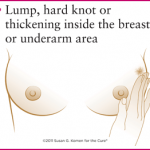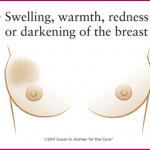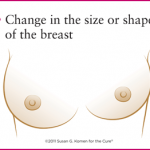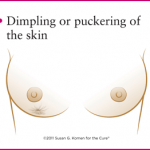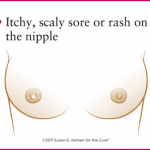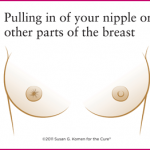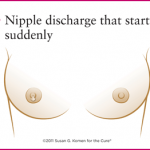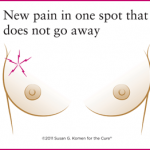Heart Disease Causes & Prevention
Heart disease is the No.1 killer in women. Yet, only 1 in 5 American women believe that heart disease is her greatest health threat.
The truth is, women are less likely to call 9-1-1 when experiencing symptoms of a heart attack themselves. It simply doesn't occur to them to do so. And, why would it? The bulk of media attention on the disease is focused on men.
Here are some startling facts:
- Heart disease is the cause of 1 in 3 deaths for women each year
- 90% of women have one or more risk factors for developing heart disease
- Since 1984, more women than men have died each year from heart disease and the gap between men and women's survival continues to widen
- The symptoms of heart disease can be different in women vs. men, and are often misunderstood
- While 1 in 31 American women dies from breast cancer each year, 1 in 3 dies from heart disease
What causes heart disease?
Heart disease affects the blood vessels and cardiovascular system. Numerous problems can result from this, many of which are related to a process called atherosclerosis, a condition that develops when plaque builds up in the walls of the arteries. This buildup narrows the arteries, making it harder for blood to flow through. If a blood clot forms, it can stop the flow of blood. This leads to a heart attack or stroke. Heart disease can take on other forms as well, including: heart failure or congestive heart failure, arrhythmia (abnormal rhythm of the heart), or heart valve problems.
How can I prevent it?
Many things put you at risk for these problems - one's you can control and others you cannot. But the key takeaway is that with the right information, education and care, heart disease in women can be treated, prevented, and even ended.
Studies show that healthy choices have resulted in 330 fewer women dying from heart disease per day. Here are a few lifestyle changes you should make:
- Don't smoke
- Manage your blood sugar
- Get your blood pressure under control
- Lower your cholesterol
- Know your family history
- Stay active
- Lose weight
- Eat healthy
Changing lifestyle patterns and choices is a giant step in the right direction. Though many changes can take time, every step you take towards a healthier lifestyle is a step in the direction of a longer, fuller life.
For additional information, visit mtauburnobgyn.com.
Follow us on Twitter
Like Us on Facebook
Sign up for our monthly newsletter
Source: www.goredforwomen.org





